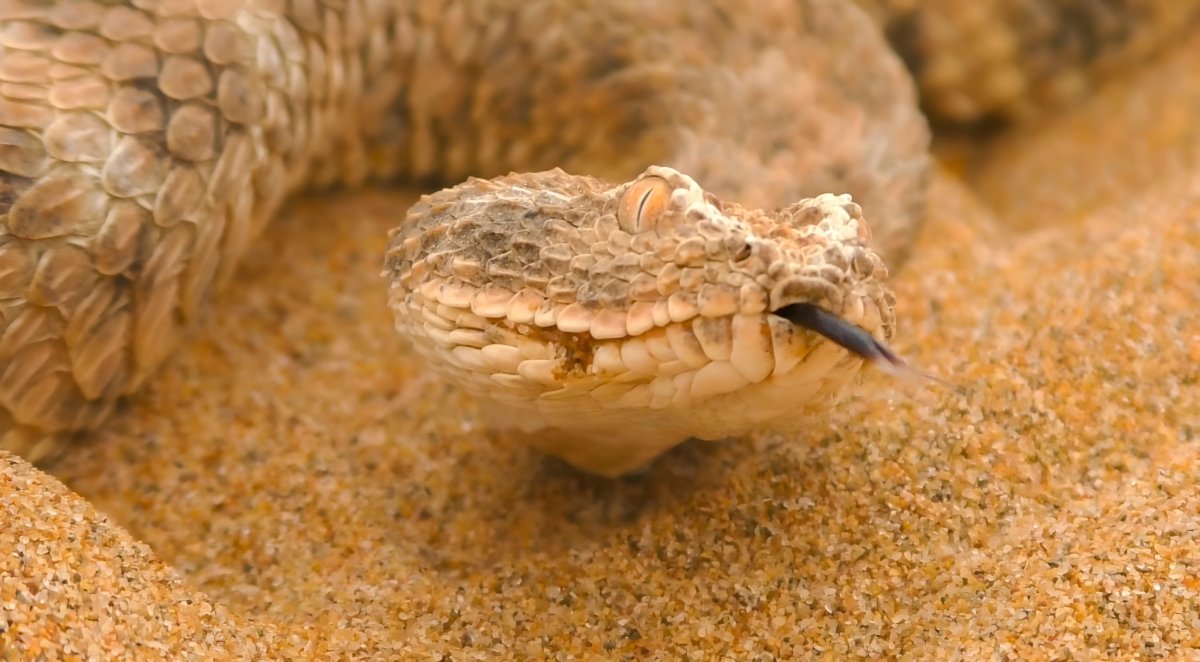Welcome the Exotic: Snake for Sale Choices Await Expedition
Welcome the Exotic: Snake for Sale Choices Await Expedition
Blog Article
Just How to Develop the Perfect Environment for Your Family Pet Serpent
Producing the perfect environment for your family pet snake is crucial to guaranteeing its health and health. By comprehending the specific demands of your snake varieties and carrying out the required components in its habitat, you can develop a space where your family pet can flourish.
Picking the Right Unit
The room serves as the snake's primary habitat, impacting its total health and actions. A basic policy of thumb is to supply a habitat that is at least as long as the snake's size and vast enough for it to stretch out pleasantly.
In addition, the product of the room is crucial. Rooms can be made of glass, plastic, pvc, or timber, each with its disadvantages and benefits. Glass enclosures are preferred as they supply great visibility, while plastic units are very easy and lightweight to clean. Timber and PVC enclosures supply superb insulation, which is vital for controling temperature and moisture levels within the environment. Ultimately, the unit must imitate the serpent's natural environment as carefully as possible to guarantee its well-being and joy. snake for sale.
Establishing Up Temperature Level and Humidity Degrees
In order to provide a favorable living atmosphere for your family pet serpent within the picked unit, attention to preserving optimum temperature and moisture degrees is extremely important. Serpents are ectothermic animals, suggesting they rely on external sources to regulate their body temperature.
The proper humidity degree varies depending on the serpent types, with most calling for levels in between 40-60%. By carefully keeping track of and readjusting temperature and moisture levels, you can develop a comfortable and secure habitat for your precious animal serpent.
Offering Adequate Concealing Areas
Guaranteeing the schedule of suitable hiding areas is important for developing a trouble-free setting for your animal serpent. Snakes are normally inclined to seek hiding locations for security and comfort. To simulate their natural habitat, give at least 2 concealing areas in your serpent's room-- one on the warmer side and one on the cooler side. These hiding areas can be developed using commercially readily available shelters, half logs, and even rescinded flower pots. Make sure that the concealing places are snug enough to make your snake really feel also roomy however safe and secure sufficient for easy entrance and departure.

Choosing the Appropriate Substrate
To develop an appropriate habitat for your pet dog snake, what factors should be taken into consideration when selecting the suitable substratum? Choosing the right substratum for your pet serpent is critical for preserving its health and wellness. When choosing a substrate, several aspects need to be taken right into consideration.
Firstly, the substrate must mimic the serpent's natural surroundings as closely as possible. Various snake varieties have different habitat choices, so it is vital to investigate your particular serpent's natural environment to pick a suitable substratum. Desert-dwelling snakes may need a sandy substrate, while forest-dwelling serpents might favor a more damp substratum like cypress compost or coconut husk.
Additionally, the substratum needs to be safe for your snake. Prevent substratums that can be ingested and cause health and wellness concerns, such as substratums that are too small or sharp. Decide for substratums that are non-toxic and easy to clean to preserve a hygienic setting for your pet dog serpent. By thoroughly taking into consideration these factors, you can create a comfortable and safe habitat for your family pet serpent.
Offering Appropriate Lighting and Heating
:max_bytes(150000):strip_icc():focal(849x610:851x612)/Missing-snake-032924-2-cd7de126433d4f1eb2e7b0de1addaa48.jpg)
When it comes to illumination, snakes have specific illumination requirements to simulate their natural see page surroundings. Ultraviolet (UV) lighting might be required for sure serpent types to assist with calcium absorption and vitamin D synthesis. Not all snakes require UV illumination, so it's essential to investigate your specific serpent species' demands.
To offer the appropriate balance of lights and heating, take into consideration utilizing a mix of above home heating lamps, home heating pads, and thermostats to regulate temperatures properly. Guarantee that your serpent's more info here habitat has a temperature slope, allowing it to relocate in between warmer and cooler areas as required. snake for sale. By offering appropriate lights and heating, you can produce a comfy and healthy environment for your family pet serpent
Final Thought
In verdict, creating the ideal environment for your pet dog snake entails selecting the right room, setting up suitable temperature and humidity degrees, giving adequate hiding areas, picking the appropriate substrate, and providing appropriate illumination and home heating. By adhering to these standards, you can make certain that your serpent has a healthy and comfortable environment to thrive in. Remember to regularly change the habitat and keep track of as needed to satisfy your snake's particular requirements.
To create a suitable habitat for your pet snake, what factors should be thought about when selecting the suitable substrate? Different serpent varieties have various habitat preferences, so it is essential to research your details review serpent's indigenous setting to choose a suitable substrate. Desert-dwelling snakes may call for a sandy substratum, while forest-dwelling serpents may prefer a more damp substratum like cypress compost or coconut husk.
Not all snakes need UV lighting, so it's important to research your details serpent species' needs.

Report this page